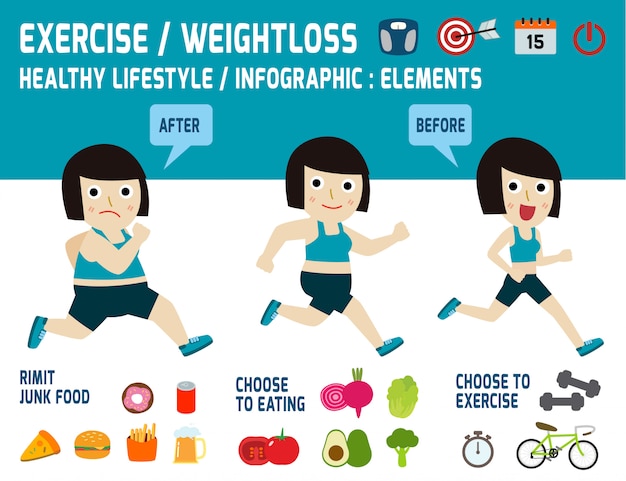Unlike surgery and steroid injections, laser therapy reduces pain with a non-invasive treatment. It works similarly to how plants use light to stimulate growth and healing.
LLLT uses wavelengths of red and near-infrared light to affect damaged tissue. The body naturally reacts to the light and promotes cell regeneration.
1. Your Chiropractor
The light energy from the laser penetrates tissue, stimulating cell growth and enhancing the progress of healing. This reduces inflammation and pain, releases cellular repair enzymes and accelerates blood flow to the affected area.
Plantar Fasciitis
This common cause of heel pain is caused by an inflammation of the ligament running along the bottom of your foot. Laser therapy addresses this condition by reducing inflammation, promoting cellular repair, and improving foot function.
Fibromyalgia
Using low-level laser beams to stimulate the tender points that characterize fibromyalgia, Laser Therapy promotes cellular repair and modulates pain perception pathways. The non-pharmacological approach could significantly improve symptom management for those living with this complex disorder.
At our Staten Island Chiropractic Clinic, we use the MicroLight Cold Laser treatment to address many different injuries and chronic pain conditions including back and neck pain, shoulder and elbow pain, wrist pain, knee pain, hip pain and much more. We find that combining chiropractic adjustments with cold laser treatments allows us to achieve maximum results.
2. Your Massage Therapist
Infrared and red light from a cold laser stimulate damaged cells to regenerate healthy tissue and decrease inflammation in the foot & ankle. This accelerated healing process helps to reduce pain and inflammation due to plantar fasciitis, heel spurs, Achilles tendinitis, and arthritis in the feet and ankles.
Physical therapists often incorporate cold laser therapy into their treatment modalities as it provides an effective method for pain control and recovery. During the session, the practitioner holds the laser device over the injured area for a few minutes as non-thermal photons of light are absorbed by the injured tissues. You may feel a soothing warmth at the targeted areas but there is no discomfort involved with the procedure. This is an excellent option if other laser class four therapy treatment conservative treatments have not helped relieve your foot and ankle pain.
3. Your Veterinarian
Pet laser treatments are a great alternative to sedation and surgery. They relieve pain, reduce inflammation and stimulate cell repair. They can help pets heal from back injuries, hip dysplasia, ear infections and other musculoskeletal problems. They can also assist with metabolic disorders, anal gland issues and behavioral problems such as feather picking.
If your veterinarian has experience with cold laser therapy, he or she may be able to recommend a local facility that offers this service. Personal recommendations can be useful, as they offer firsthand reports about the quality of a given establishment.
You can also seek veterinary laser treatment for your pets through community forums and online communities that discuss pet care. These resources can provide valuable feedback about nearby facilities that offer this type of service, as well as their pricing schedules and billing procedures.
4. Your Physical Therapist
Laser therapy accelerates cell growth and promotes the regeneration of injured tissue. It stimulates the mitochondria to increase production of ATP (adenosine triphosphate) which provides energy for the cell.
Laser treatment can be used to treat a wide variety of pain and injury conditions including neck pain, shoulder pain, back pain, sciatica, carpal tunnel syndrome, sports injuries and neuropathy. It can even reduce swelling and post-surgical pain and swelling.
During your physical therapy session, your physical therapist may hold a cold laser device over the painful area for a few minutes. They may use the laser along with other treatments like spinal decompression and massage. This is a simple treatment and is often covered by insurance plans. Check with your insurance provider to find out if they offer coverage.
5. Your Family Doctor
Physicians have found that incorporating cold laser therapy into their treatments is beneficial to many patients. This is because this pain management technique helps patients avoid taking medication and reduces healing time.
When cold laser therapy is applied to your body, the non-thermal photons of light penetrate two to five centimeters below the skin. Once the light reaches damaged cells, it stimulates them to normalize. It also increases the flow of blood to injured areas, which can decrease swelling and accelerate healing.
Muscle strains and ligament sprains are common injuries that benefit from this treatment. It can also help alleviate chronic pain conditions such as fibromyalgia. Additionally, it can reduce inflammation that causes tingling in the hands and feet. This is because it can stimulate the production of natural pain-relieving chemicals in your body.
